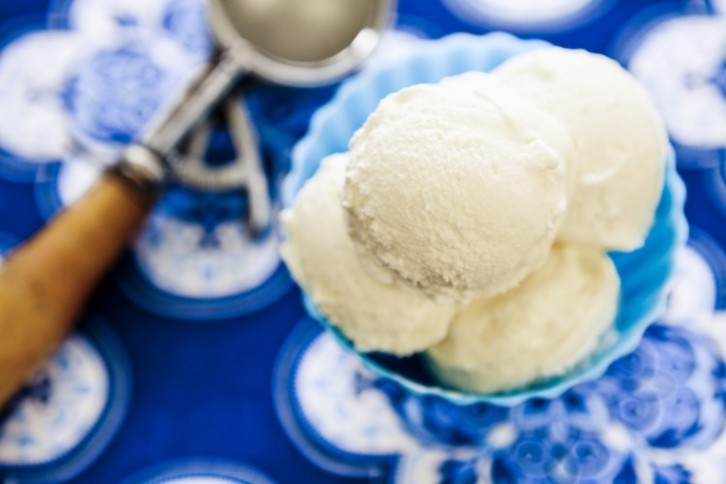‘The prospects are tantalizing’: Prebiotic fiber can make low-calorie ice cream as creamy as the full-fat stuff

The study also suggested that combining multiple types of dietary fibers can bring about a multitude of sensory and physical benefits, with a potential to elevate the low-cal ice cream category to new heights.
Dietary fiber promotes gut health and immunity and is mostly found in plant foods, such as fruit, vegetables, legumes and whole grains. In ice cream, dietary fibers are used as fat replacers, but their effects on ice cream’s sensory profile have been less well-documented.
Dietary fibers also have functional benefits, making them a sought-after ingredient in food products targeting health-conscious consumers. Meanwhile, nutritional research has found that the Western diet is associated with a lower intake of dietary fibers and an increased risk of chronic illnesses like obesity, diabetes and cancer[1]. In the US, for example, the low consumption of dietary fiber is a public health concern[2].
With health and wellness being a main trend topic in the food and beverage industry in recent years, the potential of low-calorie ice cream has been bolstered, but formulators often face challenges in creating low-fat options that are as palatable as the full-fat alternatives on the market. For example, achieving the right consistency with minimal fat content may require the use of artificial emulsifiers, which could compromise clean-label claims.
Researchers from Italy’s University of Verona and the Free University of Bolzano-Bozen investigated how adding dietary fibers – specifically, inulin, acacia, oat and apple – to low-fat vanilla ice cream affected the ice cream’s viscosity, freeze and melt temperature range, flavor and color.
Judging the sensory properties was a 12-person panel of men and women aged between 24 and 49, who ranked the ice cream based on 10 factors - whiteness, opacity, hardness on spooning, creaminess, gumminess, coldness, sandiness, melting rate, sweetness, and vanilla flavor.
The results showed that low-fat ice cream made with inulin was ‘entirely comparable’ to the full-fat ice cream in sensory terms, making the ingredient ‘a genuine potential fat substitute in ice cream production’ according to the authors.
Inulin is a prebiotic fiber that’s most often extracted from chicory but is also found in agave and artichoke. In the nutrition and supplement space, it is considered a low-fat, low-calorie plant-derived source of fiber that has gut health benefits similar to other dietary fibers, e.g. it improves digestive health, lowers blood sugar, reduces the risk of cancer, and more*. Its flavor is neutral to mildly sweet, and it has excellent water solubility.
Meanwhile, both the inulin- and acacia-fortified batches were almost indistinguishable from the full-fat ice cream in terms of color, but the oat- and apple-fortified samples were noticeably different. The latter two were also described as harder and colder by the judging panel, while the acacia-fortified sample was perceived as less hard and less cold compared to the full-fat sample.
The batch made with inulin was also softer and started to melt earlier than the full-fat version, though inulin-fortified ice cream was the least prone to forming ice crystals due to its solubility, even when compared to full-fat ice cream.
The findings suggest that the right pairings of dietary fibers could bring about superior low-calorie ice cream without resorting to artificial ingredients and while potentially enabling health claims on pack.
“Looking ahead, the prospects are tantalizing,” the authors concluded. “Further research could investigate optimizing fiber combinations to balance health benefits and sensory delight perfectly. Understanding the dynamics of fiber interactions and their impact on freezing and melting behaviors opens avenues for innovation, paving the way for a new era of guilt-free frozen desserts.”
Source:
Dietary fibers effects on physical, thermal, and sensory properties of low-fat ice cream
Authors: Roberta Tolve, Matteo Zanoni, Giovanna Ferrentino, Rodrigo Gonzalez-Ortega, Lucia Sportiello, Matteo Scampicchio, Fabio Favati
Published: LWT, Volume 199, 2024, 116094, ISSN 0023-6438,
DOI: 10.1016/j.lwt.2024.116094






